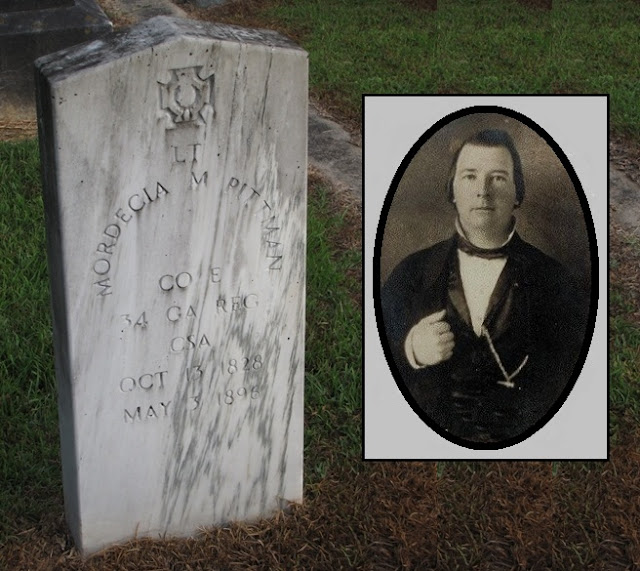JOHN PITTMAN AND POLLY ROWE PITTMAN
Colonial America Settlers
Pittman Family History In Colonial America 1700’s
A Collection from Ancestry.com and Various Website (*referenced)
Referenced and Assembled by
S.S. Pittman, Author/Photographer/Owner
Pittman/Carroll/Marley Family Tree, Ancestry.com
{all rights reserved...copy/paste of photos and text prohibited}
{exception-public web links}
{contact collectintexas@gmail.com for permission}
S.S. Pittman, Author/Photographer/Owner
Pittman/Carroll/Marley Family Tree, Ancestry.com
Linked to Individual Pittman’s Page in The Pittman/Carroll/Marley Family Tree
{access granted to Family Members...contact collectintexas@gmail.com }
{click CAPITALIZED BOLD PRINT NAMES}
{other links active to all}
It has been said that this Pittman Line came from the Wales Pittmans and were among the first settlers in the 13 Colonies as one is listed among the dead in Virginia in 1623.
~John Pittman was of Scotch-English descent. He lived in Buckingham County, Virginia before moving to Edgefield District, South Carolina prior to 1770.
~Moved to St. Paul's Parish, GA and settled on Kiokee Creek. His plantation was located in that portion of land later named Richmond County, and in 1790 was cut off and named Columbia County.
~Enlisted on Dec 18, 1776 in the 4th Artillery Regiment of South Carolina, commanded by Col. Barnard Beeckman.
Photo: Revolutionary Canons…Revolutionary War Antiques
~In 1778 John Pittman was reported in the South Carolina Militia as a Ships Master. *Georgia Revolutionary War Soldiers Graves by Arnold and Burnham, 1993 pg 576. Other Documentation: The Roster of South Carolina Patriots In The American Revolution by BG Moss, 1983 pg 775.
~ John Pittman is also listed with the Rebels who kept watch on the Savannah River Crossings. On the Muster Roll of Capt. Ephraim Mitchell’s Company of the South Carolina Continental Regiment of Artillery Encampment at the Two Sisters Ferry commanded by Colonel Owen Roberts…March 21, 1779.
~Sons of John Pittman who also served in the Revolutionary War:
John Ichabod Pittman…aka John Pittman, Jr.
Buckner Pittman
James Greene Pittman
Phillip Pittman
Timothy Pittman
The Torries Raid on John Pittman Homestead
While John and his sons were away fighting in the American Revolution the Torries raided their home. The house was ransacked and Mary Polly was thrown off the porch while trying to defend her home. She suffered a broken hip which left her crippled for the rest of her life. The Pittman men returned home and learned the identities of the raiders. Only one had survived the war and he was found in Nashville, Tennessee where Buckner Pittman shot him dead in the street.
II. John Pittman and MARY POLLY ROWE PITTMAN – Marriage May 1, 1747 Buckingham, Virginia (Amelia County)
~After the birth of Fifth child…James Greene Pittman…moved to Edgefield District, South Carolina where John had a survey in Amelia Township in 1757. It is thought he owned land on Raifords Creek Mill, South Carolina. In 1772 John Pittmans Platt between back swamp and cabin branch showed a path to the meeting house (according to Townsends South Carolina Baptists, 1670-1805,pg.142n,144n).
~Pittman Family Biographers proposed that John and Mary moved further south to escape Religious Restrictions placed upon Baptist activities. The following excerpt from Pittman Family Biography…authors unknown.
John Pittman, wife and ten children joined the Colony of Baptists headed by the celebrated preacher, the Reverend Daniel Marshall, whom they most likely met in church in Buckingham County Virginia. This Colony settled in Georgia on Kiokee Creek, St. Paul’s Parish which became Richmond County and later Columbia County. The church established by the Reverend Marshall was the first Baptist Church in Georgia. (Marshall Monument in Elijah Clark Memorial State Park-Lincolnton Georgia)
*A Number of Baptist Ministers were named Pittman. James Pittman, a member of Tuckahoo Baptist Church, was imprisioned for 15 days for preaching in his home on December 18, 1776. *History of The Rise and Progress of Baptists in Virginia Robert B. Semple…revised in 1894 by G.W. Beale.
JOHN ICHABOD PITTMAN, son of John and Mary, married LUCY EUNICE MARSHALL…daughter of REVEREND DANIEL MARSHALL and Martha Stearns Marshall.
JAMES GREENE PITTMAN
HON. JOHN GREENE PITTMAN
The Unveiling of Bronze Marker In Their Honor
JOHN GREENE PITTMAN was a son worthy of his sire. Born in Virginia October 2nd, 1782, coming to Georgia with his parents in September 1788. He grew to manhood and married Mary Moore, January 24, 1804, dying, October 7th, 1873, leaving a large family. like his father he too was active in the affairs of his country and state.
NOTE: This document was apparently a talk given at the laying of bronze markers on the tombs of these Pittmans.





